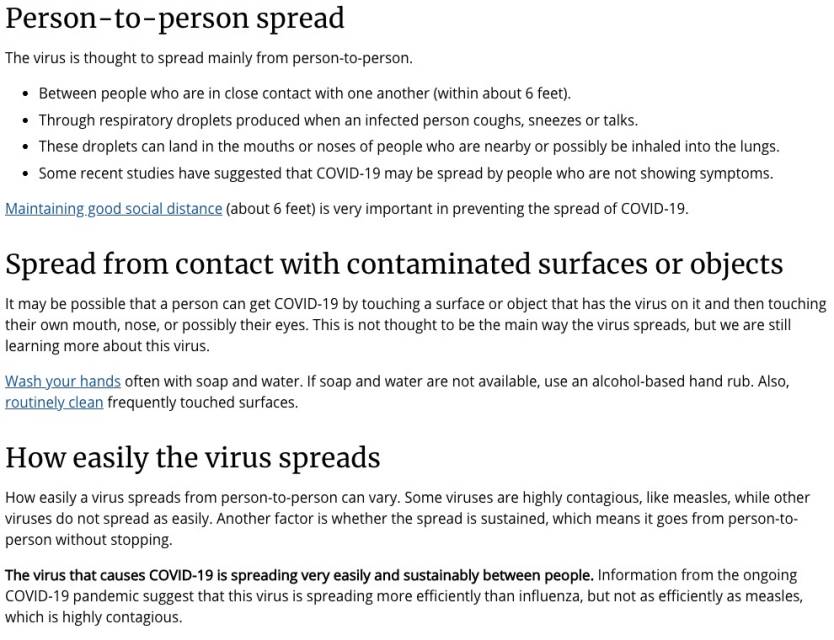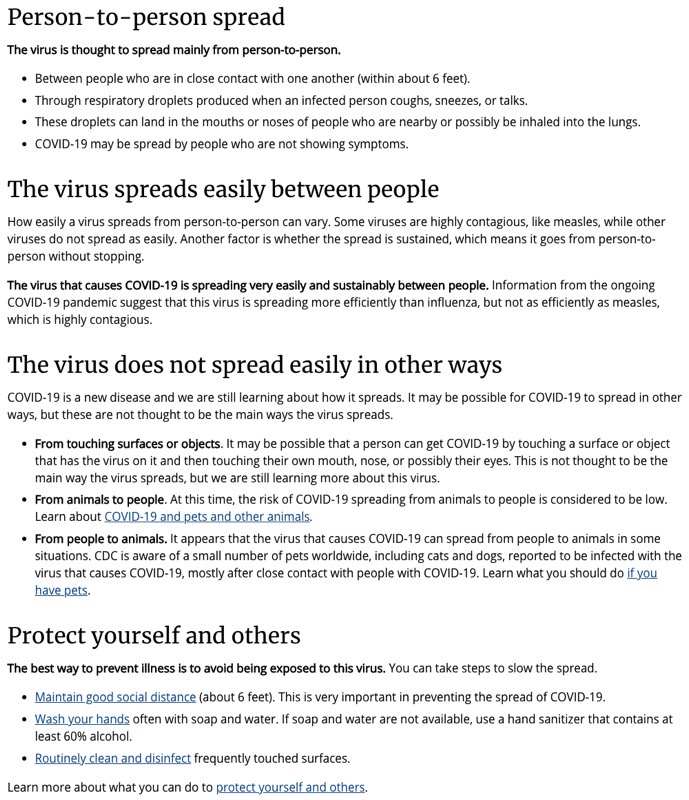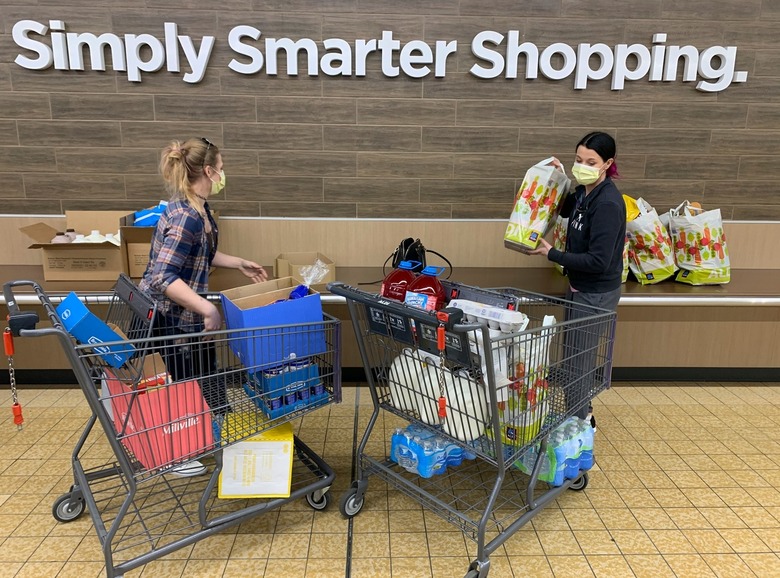CDC: Coronavirus 'Does Not Spread Easily' From Contaminated Surfaces
- The Centers for Disease Control and Prevention (CDC) tweaked its COVID-19 transmission information webpage to make it clear that the primary way the coronavirus spreads is from person-to-person.
- The CDC says the virus does not spread easily from touching surfaces, objects, or animals.
- The page does indicate that touching surfaces may still be risky if the person then touches their face (mouth, nose, eyes).
- Visit BGR's homepage for more stories.
The novel coronavirus is as dangerous as it is because it can spread with ease and go undetected for a long time. The incubation period is anywhere from two to 14 days, and not all carriers develop symptoms. But everyone who is infected is contagious and can spread the disease to others. Social distancing, wearing face masks, and practicing good hygiene are easy ways to reduce the risk of getting infected. We've also trained ourselves to disinfect surfaces to avoid the risk of coming in contact with virus-laden particles. Studies have shown that sneezing and coughing can easily spread the virus, and air conditioning can help those particles travel beyond 6 feet. Even talking and singing is enough to spread particles that can infect others or contaminate surfaces. And the virus can survive anywhere from hours to days on certain materials.
But the CDC has changed its COVID-19 guidelines in the past few days to make it clear that the virus spreads mainly through person-to-person contact and "does not spread easily" on contaminated surfaces.
To recap, a study in mid-March told us how long the coronavirus survives in the air and on surfaces. The virus can last up to three hours in the air, up to three days on plastic and stainless steel, and up to four hours on copper. Tests on cardboard showed the virus is present for up to 24 hours. And the CDC itself discovered that the virus survived for 17 days in cruise ship cabins before disinfection. The CDC made it clear that the data wasn't enough to confirm transmission from infected surfaces, and the presence of viral RNA on surfaces doesn't mean the virus was still able to infect anyone.
The CDC has quietly changed wording about the COVID-19 transmission on its website. First spotted by Yahoo Life, the change occurred at some point last week. The Wayback Machine helped us identify the exact moment when the wording changed. Here's what the CDC advisory read on May 11th:

CDC guidelines on how COVID-19 spreads from May 11th.
A day later, the information on the page was edited, with the CDC adding details about the ways the virus spreads:

CDC guidelines on how COVID-19 spreads from May 12th.
The CDC still doesn't eliminate the possibility of transmission by touching contaminated surfaces: "It may be possible that a person can get COVID-19 by touching a surface or object that has the virus on it and then touching their own mouth, nose, or possibly their eyes," the page reads. "This is not thought to be the main way the virus spreads, but we are still learning more about this virus."
Yahoo Life also points out that the World Health Organization didn't make any changes to its own recommendations. The organization also emphasizes that the coronavirus spreads "primarily from person to person," but adds that "it can also spread if you touch contaminated objects and surfaces."
With all of that in mind, you should still exercise caution when it comes to touching objects and surfaces. Safer to exercise caution, and keep treating surfaces like you have been since this pandemic began. Clean shared surfaces often, and wash your hands or use sanitizer when you're out in public places. As a reminder, it's safe to go to stores for food and supplies (but wear a mask), and it's safe to order food from restaurants.
